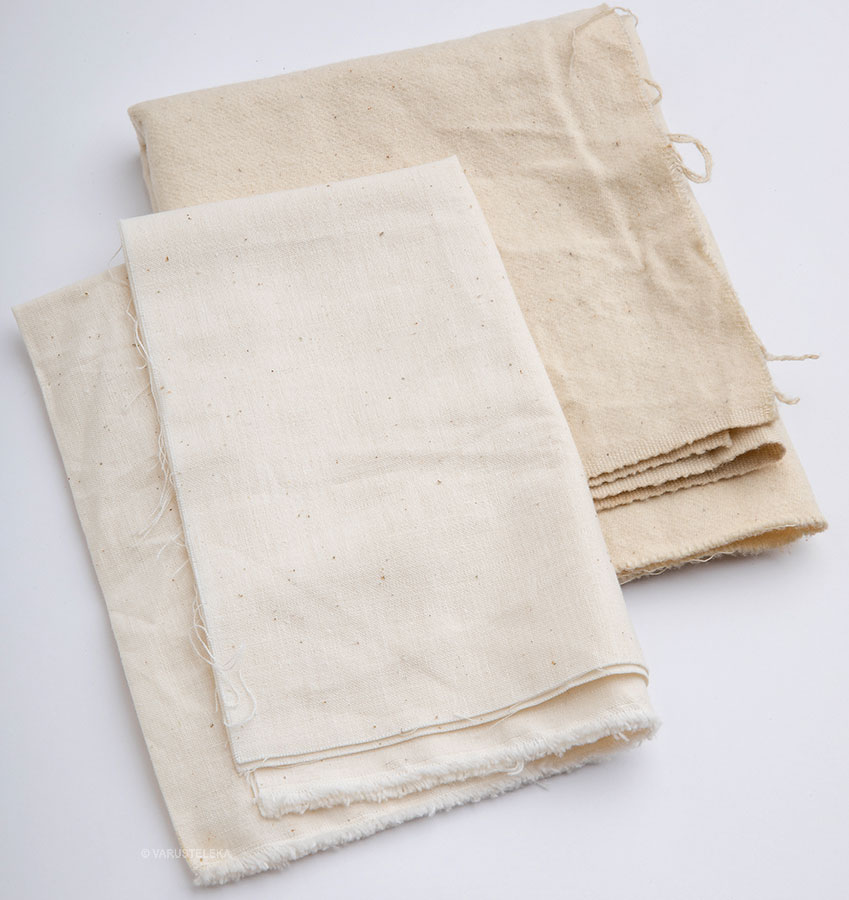
Washing textiles
Washing textiles
Washing clothes and other textiles sometimes raises questions. We try to give care advice on each product page the best we can, but a separate article still defends its place for spreading knowledge on the subject.
Don't wash unnecessarily
Clothes don't necessarily need washing. After about two weeks the garment will be as dirty as it will get and the state won't change notably. If the garment does not stink and has no visible stains, it's not dirty.
Airing stuff out and a clothes brush (or rubbing the garment with another garment) is usually a completely viable alternative for washing. Our woolen, leather and stuffy puffy aviator jackets should not be washed if possible. Wool might lose it's loftiness, leather doesn't like to get soaked in detergents at all, and the aviator jackets get their polyester batting all piled up in funny places and thus lose much of their insulation properties.
If your country has such luxuries as temperatures below freezing and/or you have access to a sauna, a good trick is to leave the garment outside overnight or give it a good steamy sauna session to kill off bacteria and generally freshen it. A normal humid weather also gets the job done, as water and wind work wonders. Important note: never put any stuff above the stones and don't go to sleep with the sauna on.
After this, a good proper shaking and brushing will likely finish the job.
Wool can be washed if necessary - but not by hand
If it's made of wool, especially Merino wool, it usually doesn't need washing, even undergarments. Usually shirts start to get some odours after a week of everyday wear, while socks and other underwear usually get fresh again after airing them out overnight.
If you wash woolen garments, it's very advisable to use liquid wool washing detergent and pour in a generous amount of wool care solution containing lanolium to freshen up the "oiliness" of wool. This effectively decreases the need for washing after each such wash. It's even not at all the end of the world if you use, say, ten times as much wool care liquid than recommended, as it will only make the garment healthier. If needed, any extra can be washed off with a regular cold cycle with just water.
Wool care products are strangely enough usually sold mostly for washing baby clothes, but there is absolutely no reason whatsoever why you shouldn't use it for each and every thing made of wool. Additionally it will last a long time as wool doesn't have to be washed very frequently.
Wool should not be washed by hand. The main problem with it is the phenomenon of fabric piling up, which happens when the temperatures of washing and rinsing water are not equal. If you still have to wash by hand, use water generously (about 30-40 litres) and try to make both as equally warm as possible (lukewarm).
Virtually every washing maching has a wool cycle program these days, which is more precise and way more gentle way to wash wool than washing by hand. Because wool doesn't need to be washed that often, you might not get a full load for the machine. It's OK: you're already saving more energy than you waste by washing below capacity.
Washing wool should be done in about 30 degrees Celsius or lukewarm, even cold water, to avoid shrinking. Carefully stretch out the garment to restore it to the former proportions. Merino wool seems to suffer less from shrinkage, but it's still not very advisable to wash it with anything else than what's recommended.
Hang dry only.
Wool care products renew the lanolium content, making wool more resistant to water and soiling. Regular detergents can also be used, however they remove the oils, making the garment lose these properties, thus it'll gather smells faster.
The used surplus we sell can be washed in about any temperature
In many cases armies wash their clothes by almost boiling them, which means close to 90 degrees Celsius. This will naturally get the stuff very clean of bacteria and dirt. Virtually all non-woolen, "non-technical" clothes will hold up to these kind of temperatures.
Hot water will not only get rid of stains, it will also fade colours more and washes various treatments off. We recommend trying as low a temperature as possible to keep the garment "vibrant" as long as possible. Usually 40 or 60 degrees is fine, most people can't tell the difference in results. Stick to 40, and if it's not violent enough, try 60. Modern detergents yield better results with lower temperatures.
Polyester usually needs its own program and liquid detergent
Polyester clothing, which means "technical underwear", fleece and membranes do not like cotton cycle programs. There's usually a separate cycle for them (sports wash or something on the newest machines). As an exception Polycotton blends (mos commonly 65 % polyester) should be treated as cotton and washed as such.
Polyester tends to pile up in hot wash. Waterproof breathable membranes might suffer and the seam tapes come off.
You should not use powders. These contain zeolite, which is essentially rock dust. This will block the microscopic pores of waterproof membranes, making them more like the traditional sweat sacks, but not quite as waterproof. So, stick to liquid detergents.